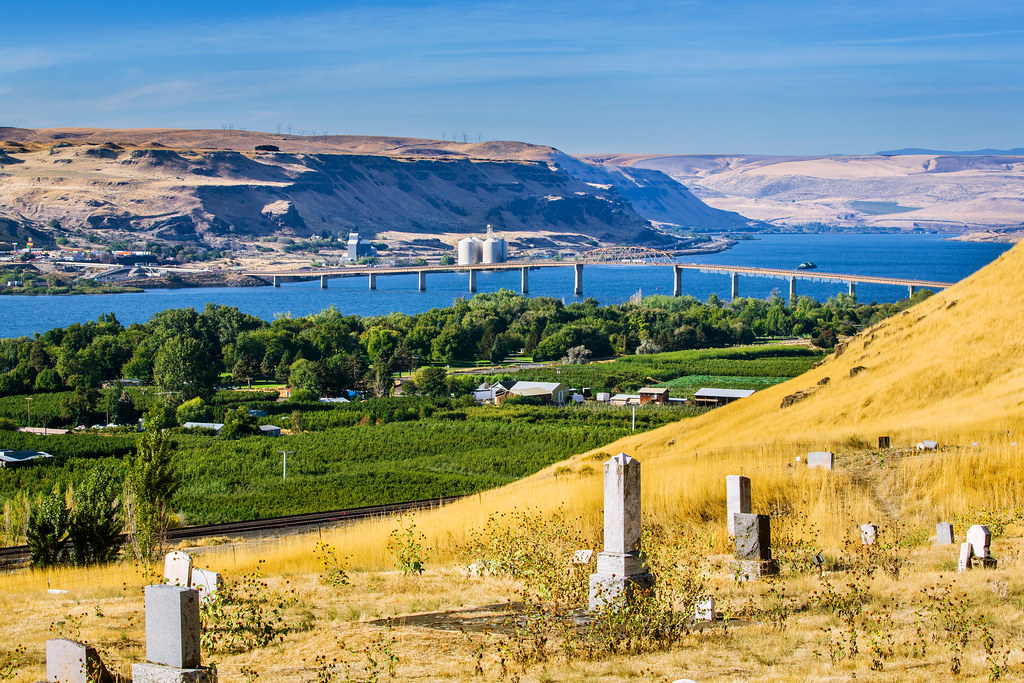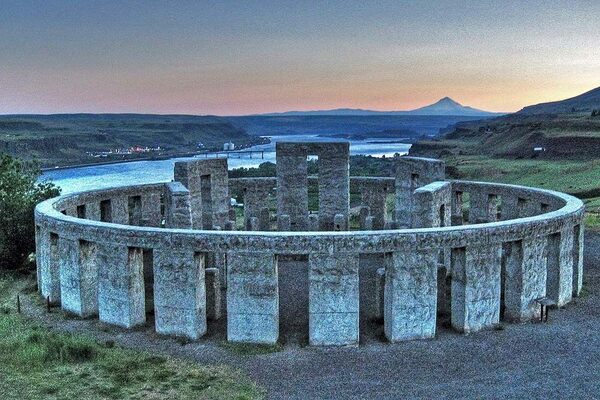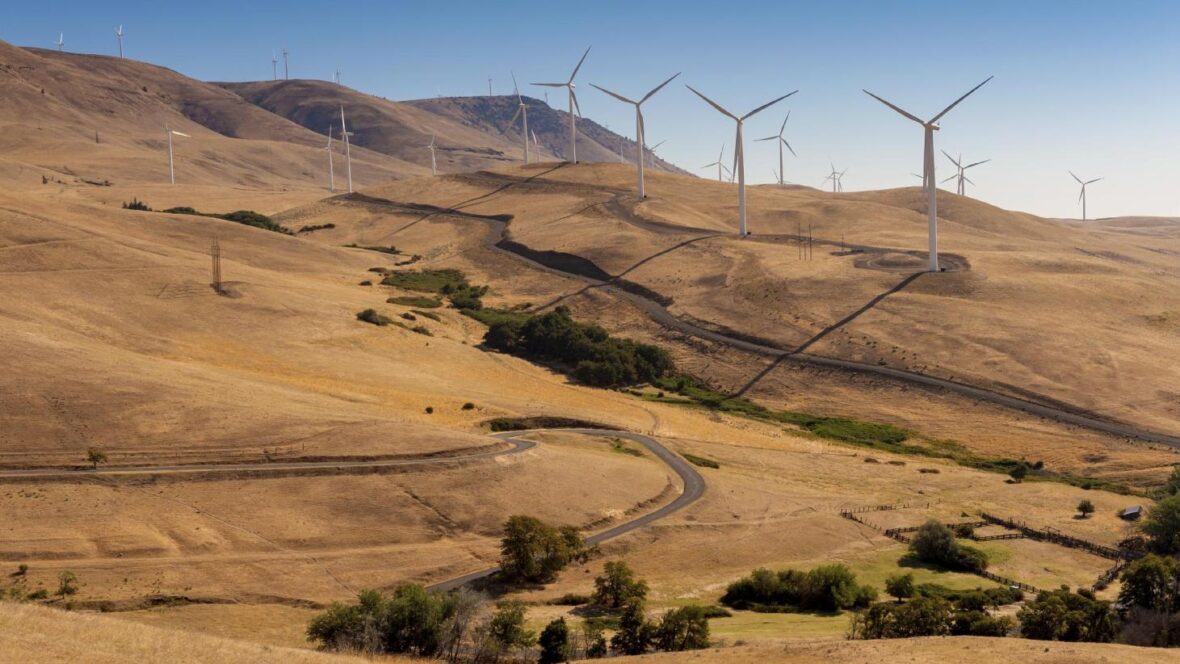Goldendale is a city and county seat of Klickitat County, Washington, United States, near the Columbia River Gorge. The population within city limits was 3,760 at the 2000 census and 3,407 at the 2010 census, a 9.4% decrease. Take a look below for 20 fascinating and fun facts about Goldendale, Washington, United States.
1. It is situated in a primarily agricultural area and is also near Goldendale Observatory State Park.
2. The valley in which Goldendale is located offers views of the Cascade Mountains to the west and the Simcoe Hills to the north.
3. In 1859 the town was given its name by the early homesteader John Golden, a Pennsylvania-born farmer who settled with his wife from Oregon.
4. His home at Columbus Street and Collins Street remains standing in downtown Goldendale.
5. The town was designated as the county seat of Klickitat County in 1878.
6. Goldendale was officially incorporated on November 14, 1879. Much of the young town, including the county courthouse, was destroyed in a devastating fire on May 13, 1888.
7. On June 9, 1918, William Wallace Campbell, director of the Lick Observatory, and astronomer Heber Curtis journeyed to Goldendale to view a total solar eclipse.
8. The purpose of the observation was to photograph the sun’s corona and the apparent distorted placement of stars due to the sun’s gravitational pull on those star’s rays while passing by the sun.

9. Lacking proper equipment and instead only using multiple cameras Campbell and Curtis were unable to confirm stars’ deflection. However, by November 1919, their efforts would be vindicated by British astronomers and Einstein’s Theory of Relativity was confirmed.
10. Goldendale was also under the path of totality for another total eclipse on February 26, 1979, which drew thousands of visitors to the Goldendale Observatory.
11. In 2008 Goldendale hosted the International Gravity Sports Association’s ‘Festival of Speed,’ on a segment of the historic Maryhill highway.
12. Goldendale has remained the employment, business, commercial and banking center for the valley and, as the county seat, is the location for Klickitat County’s courts and government offices.
13. In recent years this small community has suffered from severe economic decline.
14. After a local aluminum plant that once employed many residents closed, the small community struggled economically.
15. The loss of tax base has taken its toll on the funds available for maintaining the city’s infrastructure. In recent years there has been an interest in installing wind turbines that would generate power.
16. While it has provided some jobs, this industry has not been the economic solution for which many residents hoped.

17. A lumber mill and logging used to be major industries in the area but have since ceased to exist.
18. Timber cutting, ranching, farming, agriculture are still key industries in the area, but have seen some hard times over the years, an incidental effect to the modernization of farms and the ease of transporting products to ports on the Oregon Coast.
19. A closed aluminum processing plant had a big economic impact for 35 years and continues to impact the area as pensioners still draw benefits from the decades of operations. The John Day area aluminum reduction plant was built by Harvey Aluminum (later Martin Marietta, forerunner to conglomerate Lockheed Martin) at an industrial site adjacent to the John Day Dam in 1968.
20. The industrial development and resulting jobs brought an era of growth and prosperity to Goldendale for 35 years, which brought the area new levels of prosperity from the high paying industrial jobs with significant benefits. This plant added payroll strength and diversity of the timber- and agricultural-based Goldendale area economy. Many area residents still enjoy pension and healthcare benefits from the 35 years of the industrial operations. The aluminum facility with 3 shifts of employment at its peak in the ’70s and ’80s was employing about 1,400–1,800 people and about 800 in the years from 1990 to 2003.




